Most of the homes along Trumbo Street in South Carolina’s Charleston Historic District were built prior to 1888. Typical of their era, these two- or three-story homes have open porches on their sides and are positioned at the sidewalk to present a welcoming streetscape for residents and visitors. In stark contrast, a 1950s one-story brick ranch house stood out amongst its neighbors.
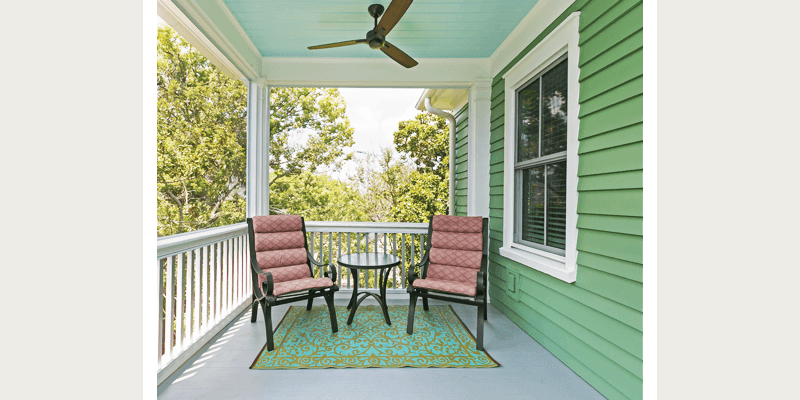
Similar to others on the street, the ranch home regularly flooded during heavy rains and high tides. When tropical storms and hurricanes hit, water levels have reached almost 4 feet above grade. After the current homeowners experienced both Hurricanes Matthew and Irma, they decided to rebuild with a focus on resiliency and aesthetic integrity.
Kolbe Forgent Series windows showcase performance divided lites coupling modern functionality and historically inspired styling
“By building new, there was an opportunity to fit in better with the neighboring structures, create a flood-proof foundation, and meet all the design goals for the flow and function of the home,” explained Laura Fisher Altman, AIA, principal of LFA Architecture.
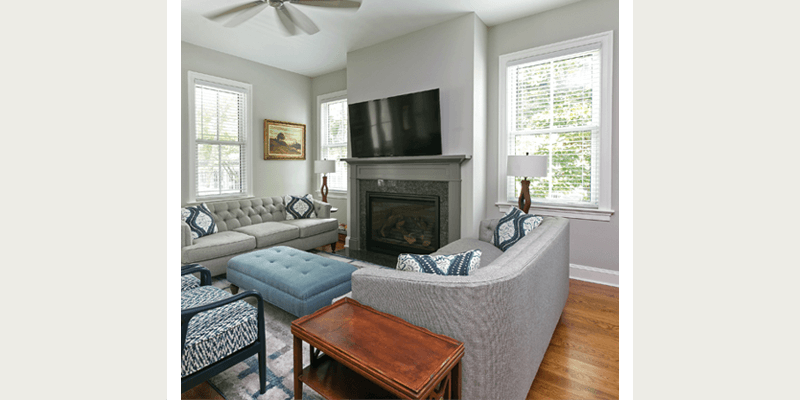
“New construction within an historic district is a challenge,” she acknowledged. “Finding the balance between being sensitive to the adjacent properties and distinguishing the house as new requires careful consideration and a collaborative team. Taking the project from paper to reality also requires good communication and a great construction team.”
To inform and inspire this new property’s design, LFA analyzed the height, mass and proportions of Trumbo Street’s historic homes. The resulting design concept was a modified Charleston Single House with porches, set near the sidewalk. Appropriate in scale and appearance to its neighbors, the new home has two stories of living space atop a full-story ground floor.
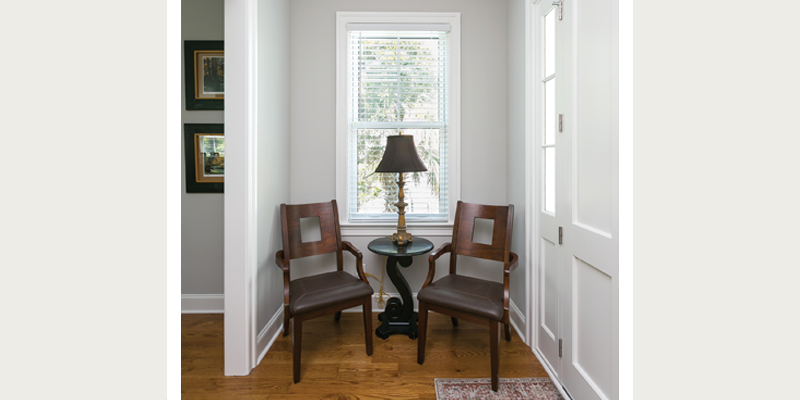
Understanding the likelihood of hurricanes and flooding, LFA selected Kolbe’s Forgent® Series impact rated, double hung windows throughout the home. Constructed of a proprietary Glastra® material, with multi-chambered extrusions in an advanced ladder design, the windows are engineered for strength, rigidity and durability.
The windows are constructed of All-Glastra, and are capable of withstanding both high water and high wind
On the ground floor, the windows are constructed of All-Glastra, and are capable of withstanding both high water and high wind. On the upper levels, the interior wood finishes add a decorative warmth to the windows’ high performance durability.
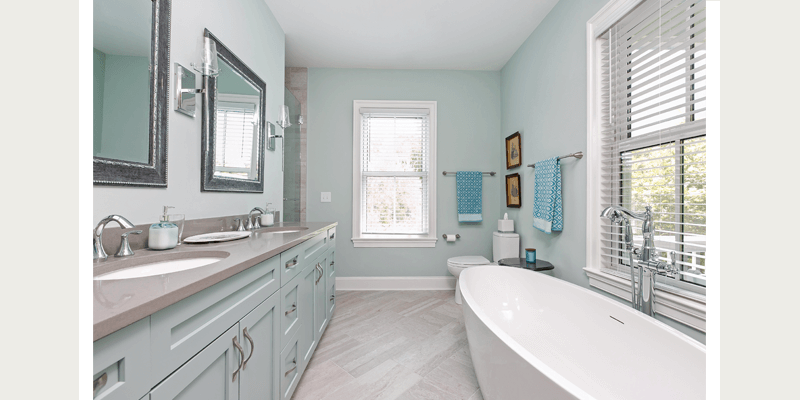
All of the Kolbe Forgent Series windows showcase performance divided lites coupling modern functionality and historically inspired styling. The combination of weather-resistant resiliency and contemporary interpretation of classic true divided lites were key considerations for the Charleston Historic District’s Board of Architectural Review (BAR).
“This may have been the first non-wood window approved by the BAR for new construction,” Altman said proudly. “The BAR doesn’t want new houses to look like ‘fake’ old homes, but they do want them to be appropriately designed. Using quality materials and construction along with traditional detailing helped create a house that fits in with the neighborhood without pretending to be an historic house.”
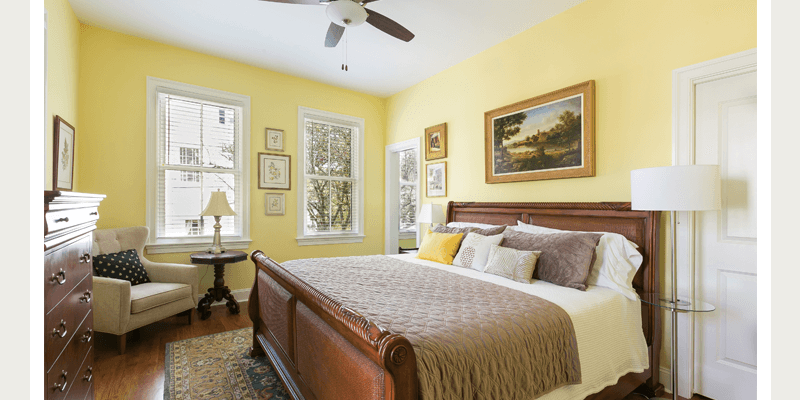
In addition to receiving approval from the BAR and meeting the homeowner’s expectations, the new construction project was honored with a prestigious Carolopolis award from the Preservation Society of Charleston.
“Thanks to the many players in this project, this residence on Trumbo Street is an excellent example of how new construction can fit within the Charleston Historic District,” concluded Altman.